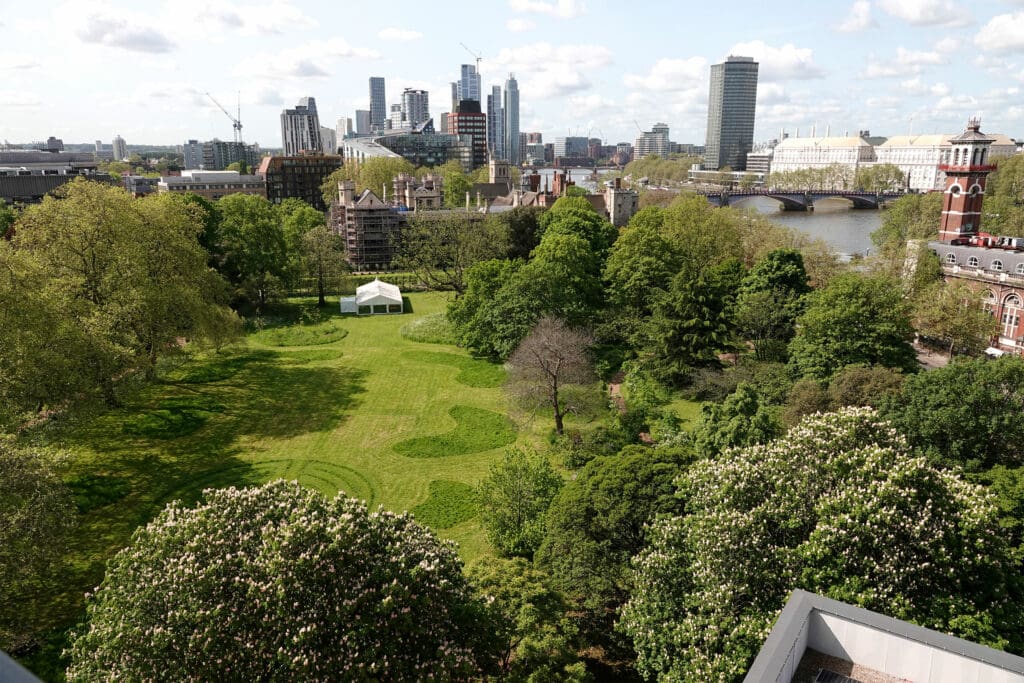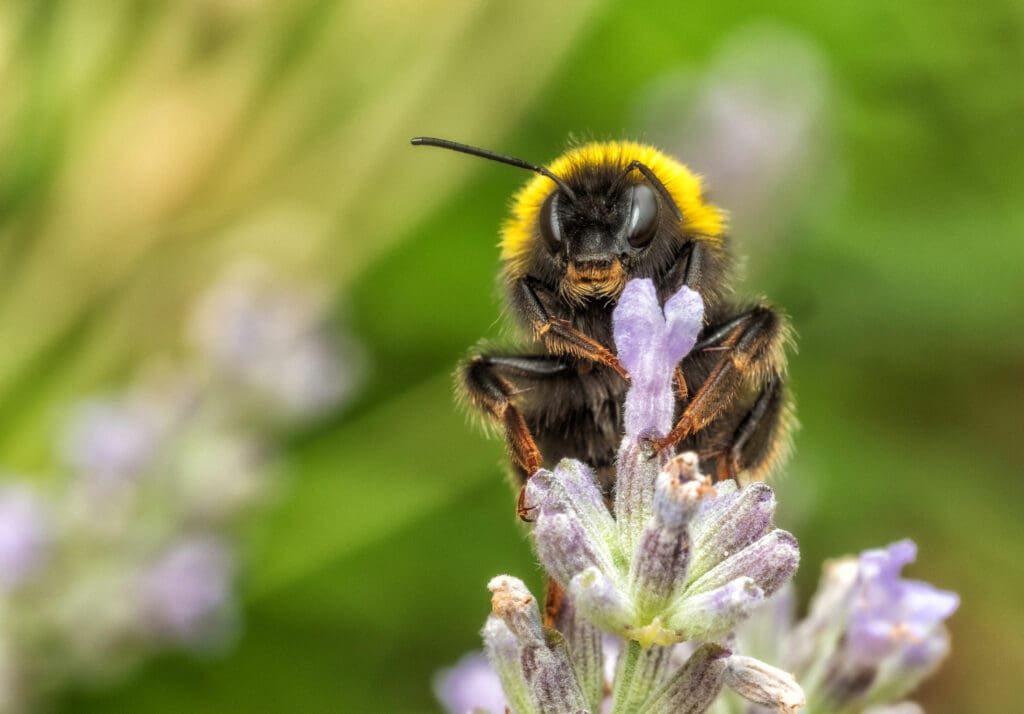Warm sunshine gently heats a south-facing wall. The previous year, a female Red Mason Bee made her nest in the wall, and now, her youngest offspring wakes, roused from diapause by the warmth. He breaks out of the cell, taking flight to look for food. Sadly, he has been duped. It’s only January, but a bout of freakishly warm conditions has brought him out of diapause too early and there is no nectar or pollen to feed on.
This scenario is now increasingly common as climate change continues to wreak havoc in the natural world. Insects in particular are very vulnerable to the blurring of the seasons. In species that overwinter, rising temperatures are a signal that spring has arrived, indeed they’re superb at detecting these changes. The climate has been stable for thousands of years and the response of insects to environmental cues is hardwired. The cellular switches that wake them from diapause cannot tell the difference between a bout of freakishly warm weather in January or February and springtime proper.
At the end of the year we see the flip side of this, where the cold that triggers diapause is arriving increasingly late and insects remain active. It’s becoming normal to see insects still active into November. Insects are the great survivors though, and they will adapt to a more unstable climate, but it is yet another challenge they must cope with.

The Wild Weekender team show us how to make a DIY home for solitary bees to bring wildlife buzzing back to your garden. Video: the RSPB
You might also like

Breeding like flies?

The spiritual side of nature


